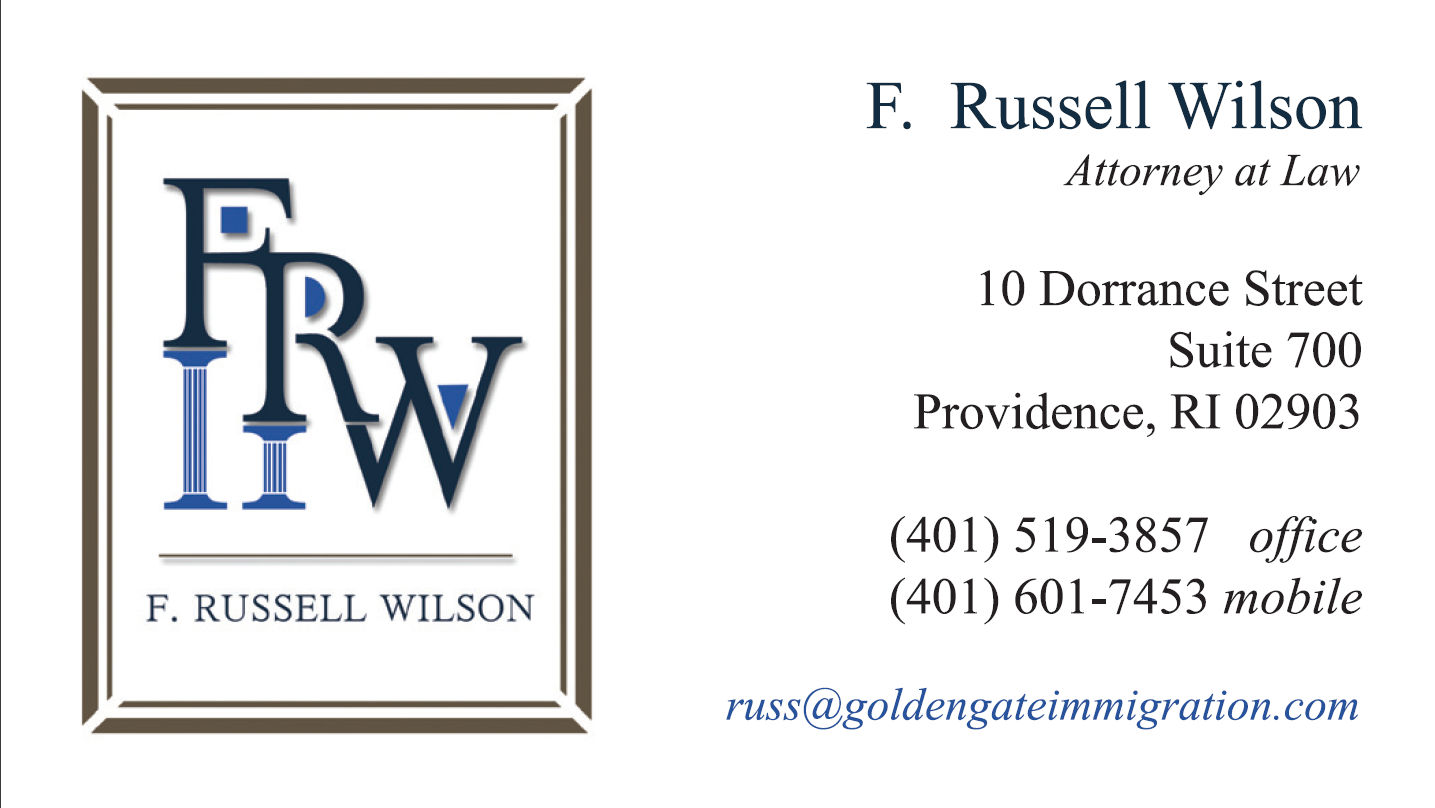If you find yourself in immigration removal proceedings, or if you require supporting evidence of good moral character to advance an application for naturalization, provide evidence of a spousal relationship, or support some other immigration benefit, character reference letters written on your behalf by persons who know you well can provide crucial information to the reviewing officer, immigration judge or government attorney in your case. Here are basic guidelines for character reference letters written on your behalf.
The following are nine essential elements of such letters. The blue sentences below are merely sample sentences – obviously, the writer should provide their own facts.
Beyond these minimum elements, the writer is free to (and should) use their own writing style and sharing of information and facts about you based on their personal knowledge of you. But the letter should contain at least these elements. If a particular letter is missing any of these elements, you should request that the writer re-write the letter, including the missing element. (‘You’ refers to the subject of the letter, i.e., the person in removal proceedings or applying for the immigration benefit and about whom the letter is written – in the below examples, the fictional Anthony Kalabua).
To Whom It May Concern (the proper salutation):
1. The writer must introduce him or herself to the reader by stating who they are, if they are a U.S. citizen or permanent resident, and if they hold a senior or respected position in community, business or the military, by explaining what that position is, and therefore, why their opinion of you should matter. For example, ‘I am Ratu Feekee, assistant director of court operations at the Fiji judicial government office,’ or ‘My name is Reverend John Lewis. I am a U.S. citizen and [clergy title] in the Church of Latter Day Saints, Los Angeles, California diocese.’
2. The writer must know you well. The introductory paragraph(s) should also explain how the writer knows you, and provide reference dates and locations. For example ‘Anthony Kalabua and I worked together from 1995 to 2006 at the Fiji judicial government office in Suva, Fiji.’
3. The body of the letter should provide statements in strong support of your positive character traits, backed up by illustrations of specific past or current events – again, with dates and locations – that demonstrate your positive character traits. For example, ‘On December 25, 2011, I was called to the scene of a disturbance at Clay and Montgomery St. in San Francisco. When I arrived, I learned that Anthony Kalabua had disarmed a deranged man who wielded a knife against passersby.’ Or, ‘Anthony Kalabua has been a positive contributor to our local Mormon community. He and his family regularly join our weekend charity events. He is respected and well-liked by many members of our church.’
4. If the letter is regarding the writer’s knowledge of a couple’s romantic or spousal relationship, the writer should state a personal belief (if held) that the couple’s relationship (bond is a good term to describe a relationship) is strong. The writer should state that he or she has frequent or longtime contact with either or both individuals in order to add credibility to their personal knowledge of the relationship. The letter should cite specific recent events, providing names, dates and locations, that illustrate the bona fides (in a way, the normalcy) of the couple’s romantic relationship. For example, ‘In July 2011, Anthony and Susan joined my wife and I for a three day trip to Cabo San Lucas to celebrate our shared anniversaries’. Or, ‘Anthony drives Jenny, Susan’s nine-year-old daughter from a prior marriage, to Lone Tree Elementary School in Carlsbad every morning on his way to work.’ The letter should be careful, however, to not go overboard, for example by proclaiming to know excessively intimate or private details about the couple’s relationship, feelings or motives, more than a reasonable person would know. Letters from parents or siblings typically carry more weight than letters from friends or casual acquaintances in relationship-knowledge letters.
5. If the writer is a current or past employer, the writer should provide background about who they are, their age, their current job title (or past title when they worked with you), and provide dates and the location of employment (‘since 2007, at my home at 550 California St., San Francisco. . .’). The letter should contain positive statements about your skills, work ethic, honesty and trustworthiness, and details about the particular skills that you possess, and list regular responsibilities. For example, ‘Anthony is responsible for very personal aspects of my daily well-being, including hygiene and dietary needs, and he manages a budget from my funds to ensure that my regular household and medical needs are met.’ (In this example, Anthony is a caretaker. If the occupation has or had any financial, managerial or supervisory responsibilities, or noteworthy military duties, they should be stressed.)
6. In the conclusion to the letter, the writer should offer a final, heartfelt compliment about you, and a firm statement of belief about you or the relationship, and welcome the reader to contact him or her directly if the reader wants more information. In the last sentence, or directly below the signature, the writer should provide their complete residential or business mailing address, and a telephone number. A writer who knows you from a business relationship should use business letterhead, if any, and write the letter in standard business correspondence style.
7. The letter may be neatly handwritten, or it may be typed and printed. The length should be one or two pages, but rarely more than two pages. The letter must include standard correspondence elements, including a date at the top, the writer’s signature directly above the writer’s printed name, and contact details. The letter should be written or printed on blank white 8½” x 11” paper, or white notebook paper if handwritten. An addressed envelope is not necessary.
8. If the writer wishes to include a subject line at top, it is okay to reference your name (or the couple’s name) and ‘Immigration Proceedings’ or ‘U.S. Immigration,’ but a subject line is not necessary if the writer would prefer to make the tone of the letter more personal, and less business-like.
9. Finally, if the writer wishes to comply, the letter should be notarized to confirm the writer’s true identity and signature. In particular, notarized letters are highly recommended where the subject of the letter is in removal proceedings, or if alternative documentary evidence of the bona fides of a marital relationship is weak.
Most importantly, the tone of the letter should reflect authenticity and truthfulness.



